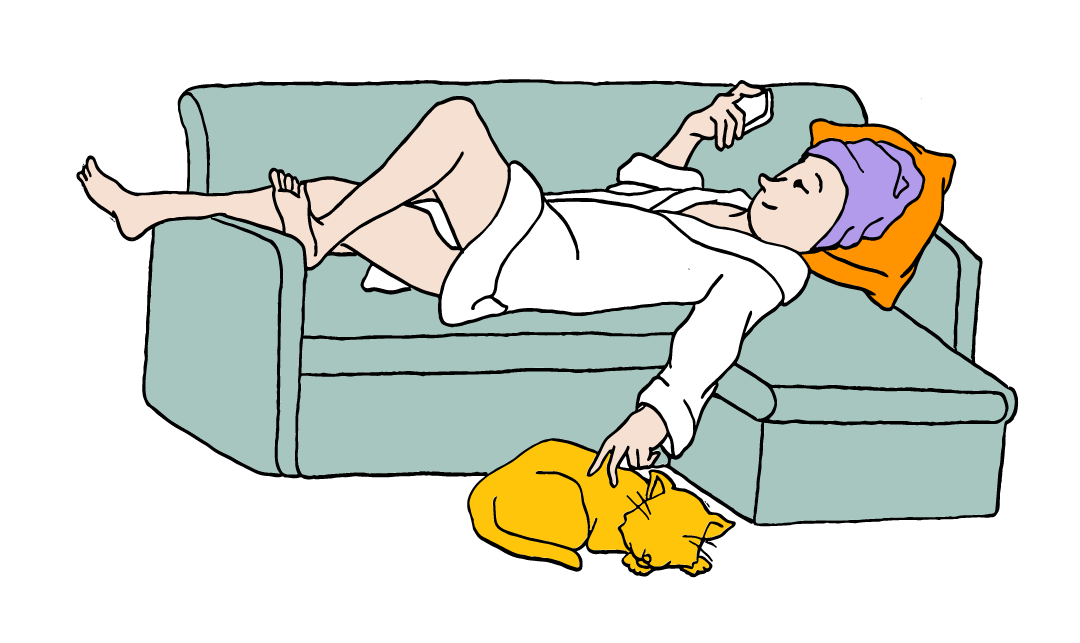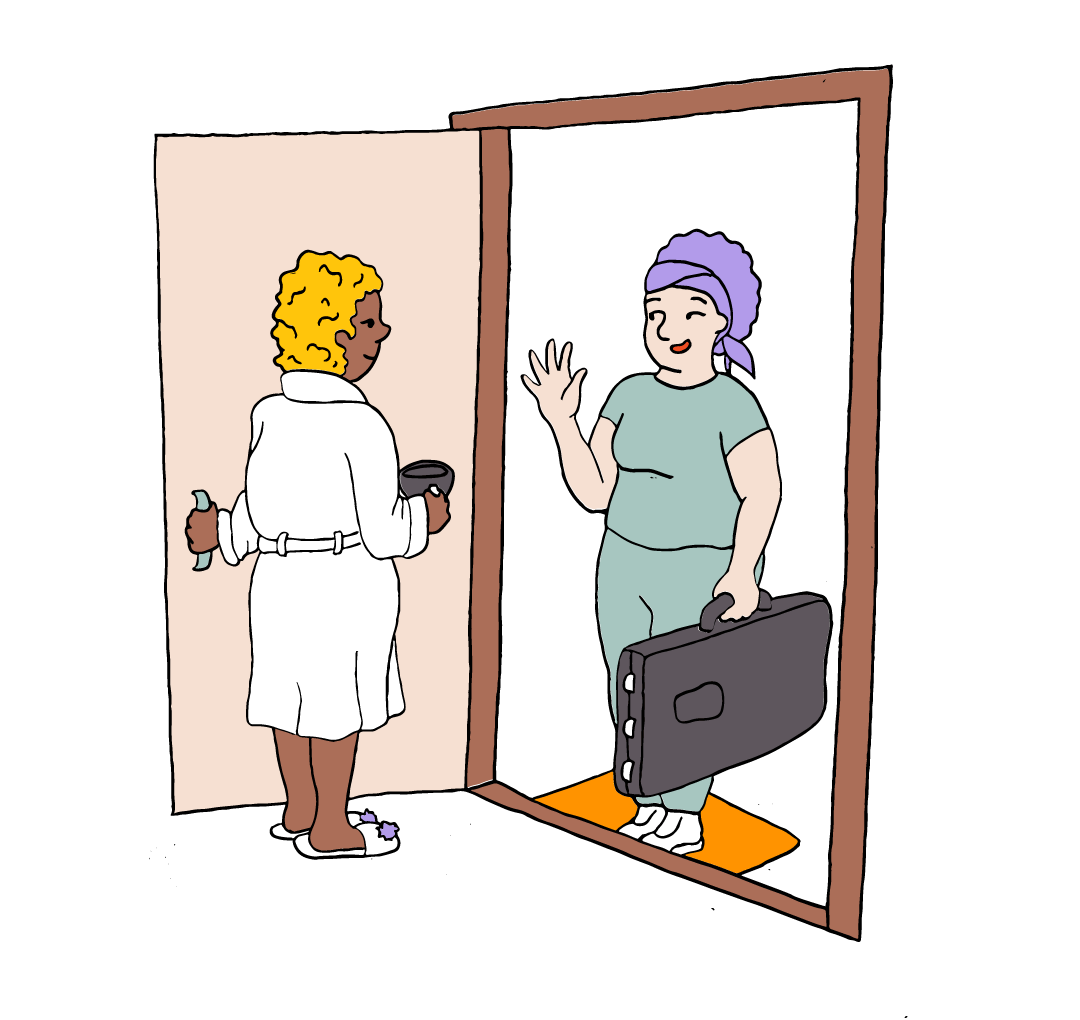Frequently Asked Questions
What does a deep tissue massage do?
A deep tissue massage aims to relieve muscle pain and tension by targeting areas within the body that have tissue-scarring and muscle adhesions (muscle knots). A deep tissue massage is good for enhancing recovery after intense exercise and managing chronic pain.
How painful is a deep tissue massage?
Deep tissue massage is not considered painful. However, It is common to feel discomfort during a deep tissue massage, as this treatment applies deep pressure to areas of the body that have scarring or knots.
If you have any concerns regarding pain during or after your appointment, speak to your massage therapist.
What should I expect after a deep tissue massage?
After a deep tissue massage, you may feel some tenderness as your muscles heal. There may be stiffness or soreness in your muscles, but it is not a painful recovery process.
What is the difference between a regular massage and a deep tissue massage?
Because the purpose of a deep tissue massage is to target the deep tissues within the body, a higher amount of pressure is applied than a ‘regular’ massage that may be more gentle.
What happens when you get a deep tissue massage?
In a deep tissue massage, your massage therapist will use flowing strokes and deep pressure throughout your whole body, including any areas of concern. These techniques will break up scar tissue and break down any knots in your muscles.
Why is deep tissue massage so painful?
Due to the amount of pressure applied in a deep tissue massage, a level of discomfort is common. However, deep tissue massage should not be an overly painful treatment. If you have any concerns regarding pain during or after your appointment, speak to your massage therapist.
How often should you get deep tissue massage?
Depending on your reason for a deep tissue massage, the regularity of your appointments may differ.
For those that have chronic pain or engage in highly intense exercise, a regular deep-tissue massage could be beneficial.
For others, once a month may be enough to relieve pain and muscle tension.
Is it worth getting a deep tissue massage?
If you experience any daily muscle tension or aches, it is worth getting a deep tissue massage to relieve pain and help your body to recover.
Can a deep tissue massage cause damage?
The pressure required in a deep tissue massage may stimulate old wounds, which is why some discomfort may be felt. Deep tissue massage does not cause damage, but rather, enhances recovery to already existing muscle scarring.
Which massage is better, Swedish or deep tissue?
Depending on what kind of treatment you are looking for, both Swedish massage and deep tissue massage are effective at providing pain relief, reducing muscle tension and calming the mind and body.
Is deep tissue massage worth the pain?
While deep tissue massage is not considered painful (although there may be some level of discomfort), this massage type is proven to enhance recovery after intense exercise, relieve chronic pain and provide relief from muscle tension.
Can you do too much deep tissue massage?
Yes, you can do too much deep tissue massage.
There is always a limit for your own body when it comes to massage. Depending on your needs, deep tissue massage can be performed daily, weekly or monthly, but listening to your body is important to understand when you need a break.
Talking to your massage therapist during your consultation about your areas of concern is helpful to understand how regular your appointments should be.
Are there long-term benefits of deep tissue massage?
Recieving regular deep tissue massages can have long-term benefits such as: – Improved blood pressure and heart rate – Improved posture – Increased range of motion – Increased energy levels – A stronger immune system – Improved sleep
Are deep tissue massages good for muscle growth?
Deep tissue massages are great for muscle growth! Because deep tissue massage breaks down, areas of scarred tissue and muscle adhesion, the body is able to recover quickly for you to be able to start to build up muscle again. Through improved circulation and blood pressure levels, your body will be able to respond better to exercise, meaning muscle growth is enhanced.
What should you not do after a deep tissue massage?
After a deep tissue massage all that’s left to do is sat back and relax. Make sure you drink plenty of water and continue resting at home.
How long should you rest after a deep tissue massage?
You should rest up to 24 hours after a deep tissue massage. It is recommended that you do not engage in high intensity activities or any exercise during this time period.
How long does it take to recover from a deep tissue massage?
It takes 24 hours to recover from a deep tissue massage. Your muscles may feel tender for a couple of days.
Why do deep tissue massages make you sick?
Deep tissue massages sometimes result in experiencing nausea. During a deep tissue massage, blood toxins are released within the body, and are expelled through the kidneys. This can result in feeling nauseous as the body is releasing toxins.
How long do deep tissue massages last?
At Blys, we offer three different lengths of time for deep tissue massage: 60, 90 or 120 minutes.
What is considered a deep tissue massage?
A deep tissue massage is designed to reduce pain through breaking up any scar tissue and breaking down any muscle adhesions (muscle-knots) by applying heavy pressure to areas of pain and injury.
The pressure releases blood toxins within the body, allowing for the body to heal quickly and muscle growth to improve.
































